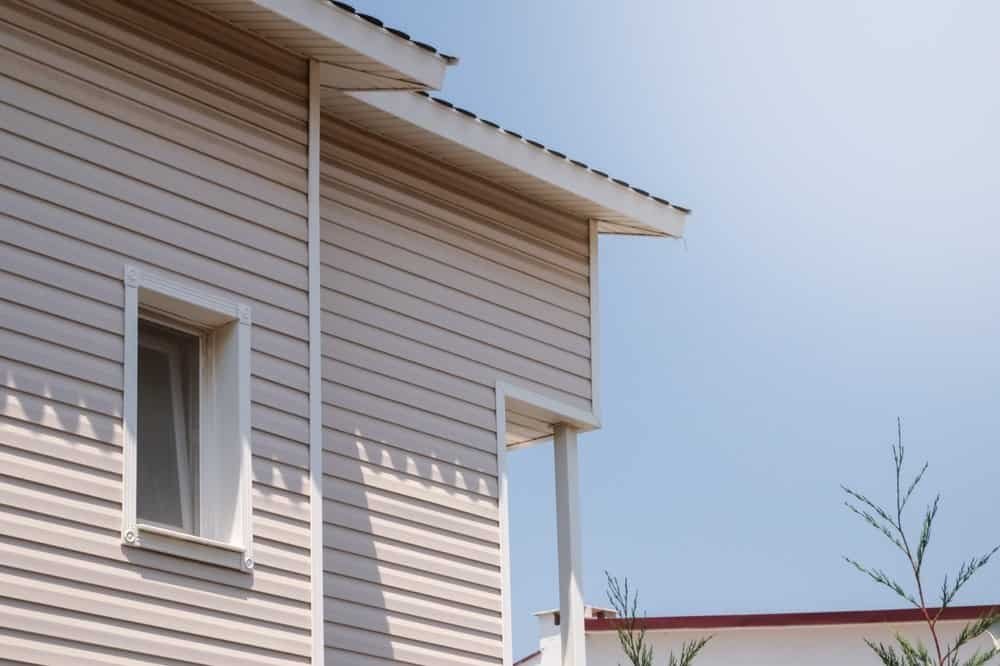Summary:
Step 1: Laying the Groundwork with Research and Detailed Planning
A realistic budget begins long before you talk to contractors in the research phase. Start by thoroughly researching typical costs for similar home renovation projects in the Nassau County area. Online resources can offer ballpark figures, but local insights are more valuable. Crucially, define the scope of your project in detail before seeking bids. Know exactly what you want to achieve, the types of materials you envision, and any specific features desired. Vague plans lead to vague estimates and increase the likelihood of budget overruns.
Clearly Defining Your Project Scope
Ambiguity is the nemesis of accurate budgeting. Before engaging contractors, make firm decisions about layouts, the number and type of fixtures, desired material quality (e.g., flooring, countertops, cabinets), appliance selections, and any structure changes for your home remodeling. Create lists or even simple drawings. Having a scope allows contractors to provide truly comparable quotes based on the same set of assumptions. It also helps you prioritize elements if adjustments are needed later to meet your financial targets for projects like basement finishing or additions.
Researching Costs and Obtaining Detailed Quotes
Use online remodeling cost estimators cautiously, as local Nassau County costs for materials and labor can vary. Talking to neighbors who’ve done similar work or having initial consultations can provide better context. Aim to get at least three written, itemized quotes from licensed contractors. Make sure that each quote reflects your project scope. Compare bids not just on price but on the specifics included: allowances for materials, labor breakdown, payment schedule, and estimated timeline. Thorough quotes form the bedrock of your realistic budget planning effort.
Step 2: Accounting for All Potential Expenses
A common budgeting mistake is underestimating the total cost. Your realistic budget must include more than just the contractor’s main quote. Factor in the cost of all materials (if not fully included in the bid), permit fees required by your Nassau County municipality, potential design or architectural fees if applicable, and any necessary temporary arrangements during construction. Most importantly, include a contingency fund—typically 10% to 20% of the estimated project cost—set aside specifically for unforeseen issues. Recognizing a realistic budget means anticipating both known and unknown expenses from the outset.
Managing Your Budget During the Construction Phase
Budget management continues after the work. Understand how change orders function—these are formal, written agreements outlining scope changes and associated cost adjustments, signed by both you and the contractor. Minimize discretionary changes to stay on budget. Maintain regular communication with your project manager about spending relative to the budget. Track payments made and upcoming draws. The contingency fund should be reserved for authentic issues discovered during the work (like hidden rot needing siding repair or unforeseen electrical repairs), not for adding upgrades mid-project.
Considering Permits and Potential Hidden Costs
Remember the overlooked expenses. Building permits in Nassau County have associated fees that must be included. If your home renovation is extensive (like major additions or whole-house work), you might need funds for temporary lodging or storage units. Demolition can reveal hidden problems needing immediate attention, such as outdated electrical wiring requiring updates, plumbing issues, or damage impacting roofing supports. While the contingency fund helps cover these, being aware of potential hidden costs reinforces the need for that financial cushion during any significant home remodeling project.
Planning for a Smoother Remodeling Experience
Creating a realistic budget involves detailed planning, thorough cost research, getting clear quotes, and including a contingency fund. Avoiding unexpected costs requires managing change orders carefully and reserving contingency funds for true surprises. Doing so minimizes financial stress during your Nassau County home renovation. For remodeling services and clear project planning, contact ISA Home Improvement II Corp.




